Most people think of drones as toys for kids to play with. It’s no wonder really, since most drones available on the market are recreational, hobby grade drones aimed at kids and adults. Times are changing though. In the past year or so we are seeing strong push for drone use in various professional capacities.
As a consequence of this new trend, manufacturers are releasing more and more niche professional grade drones. Today we’re going to be taking a look at one such drone from Parrot, called the Parrot Bluegrass.
Parrot Bluegrass is a multipurpose agriculture drone. Parrot, the company behind Bluegrass, is slowly marking an end to DJIs market domination. They’ve been releasing some very interesting models of drones, like Bebop, Mambo, Disco and AR. Bluegrass is part of their professional lineup.
The whole idea behind Bluegrass is to help monitor crop health, check for missing plants, perform livestock monitoring, do farm inspection and more. To help achieve all that, Bluegrass uses high quality wide angle camera, Parrots own multi-spectral sensor, and third-party apps like Airinov and Pix4Dag for data processing and map creation. But I’m getting ahead of myself, let’s first take a look at the drone itself.
Parrot Bluegrass review – design, specs and features
Bluegrass is a large drone. It is 50cm long, 44cm wide and 12cm high. It is also heavy. At about 1.8kg, it’s one of the heaviest drones that I’ve ever seen. Design of the drone is eerily similar to attack drones in sci-fi movies. All kidding aside, rectangular body of the drone has 4 legs that hold the drone it landing. Drone bottom, front and top of are riddled with multiple cameras and sensors used in crop analysis.
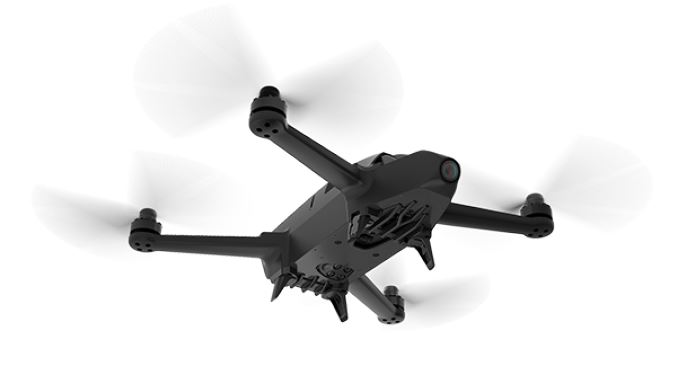
Specifications
Special features
Parrot Bluegrass review – closer look at the features
Camera
Main front camera is a 1080p, wide angle lens camera embedded in the drone “beak” so to speak. Pixel resolution is 14MP. Camera is connected to 32GB of internal memory for photo and video storage. Quality of footage is amazing, both photos and video. Everything is saved directly to the internal memory of the drone and then later on you hook it up to a PC via USB to recover recordings.
Battery
This beast of a drone comes with a large 6700 mAh battery which gives it flight time of about 25 minutes. What’s even more impressive is that the drone comes with 3 batteries total. With all three of them charged up you get up to 75 minutes of flight time in one go. Two chargers that are also included with the drone allow you to charge two batteries at the time while using the third
Transmitter – Parrot Skycontroller 2
Bluegrass uses the same transmitter that Parrots mainstream drones use, the so called Skycontroller 2. Skycontroller 2 is a large transmitter with a unique shape. Large chunk of plastic at the front of the drone that you see is the antenna. Transmitter has a replaceable Lipo battery that offers up to 4 hours of run time before needing to be charged again.
Range of the controller is up to 2km, or 1.2 miles. Clip for holding a smartphone or a tablet while in FPV mode is included. Notice the hole for screwing in the clip just above the main status LED at the center of the drone. Clip holds both phones and tablets. Its sides extend and it can rotate left/right 360°. While using larger tablets they will cover the entire body of the transmitter, which is quite a bit unusual.
Transmitter is capable of charging the devices you use for FPV. Let’s say for example that you are performing a lengthier crop reconnaissance and your tablets battery starts running out. Simply take a USB cable, hook it up to the USB socket on the left side of the transmitter and charge the tablet so that it doesn’t die on you. Skycontroller 2 has replaceable batteries. To prevent it from dying on you, just purchase spares from Parrot which can be had for about $70 a pop.
Transmitter itself feels very nice in hands and is very responsive. FPV is good, but the video feed will start cutting out if there’s a lot of obstacles between you and the drone. Transmitter range however is advertised 2km.
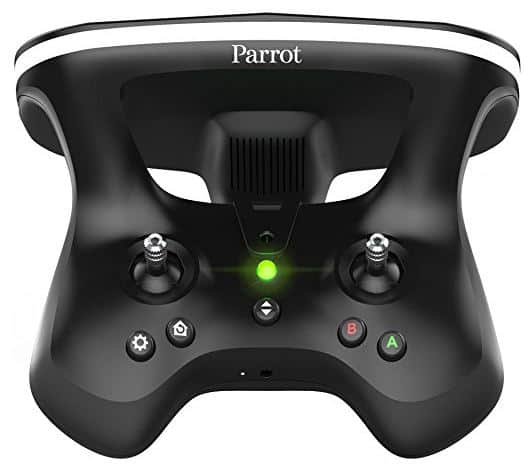
Drone sensors and additional features
Bluegrass itself has a bunch of built-in sensors that help it orient and cover ground more efficiently. There’s standard features like GPS and altimeter. These two are used in making flight plans and in allowing the drone to hold altitude. Additionally there is also inertial navigation, ultrasonic sensor and optical flow vertical camera. All of these are used for additional stabilization and flight smoothing for top quality of captured crop data.
Additional features like flight planning and one-key return home are also available. Flight planning is actually useful when large fields have to be covered from air. Instead of flying the drone manually over the field, just setup a flight plan, sit back and relax. There are even automatic flight plan grids that you can transpose over fields using the accompanying software so it’s not necessary to manually draw flight plans.
To round it all off, Parrot offers a custom backpack where drone, and all the accessories, are stored during transport. Drone blades are removable, so they don’t get damaged. When you’re finished with the drone, remove the blades, put the Skycontroller first, then the drone, zip up the backpack and you’re good to go. Very useful and practical.
Parrot Bluegrass review – agriculture drone in action
Believe it or not we’re just now getting to the good part of this review. Now we’re going to be taking a look at what kind of professional grade hardware, and software, the drone has and how exactly does it help farmers manage their crops, livestock and equipment.
Parrot Sequoia multi-spectral sensor – how does it work
Real star of the show is the Parrot Sequoia multi-spectral sensor and sunshine sensor, pictured on the right. Multi-spectral sensor is the action cam shaped box, with 5 camera lenses on one side. Sunshine sensor is the same size, only it doesn’t have lenses on it, but rather a flat surface for collecting stats on how much sunshine a particular field is getting.
These have their own dedicated storage, 64GB of it, where collected data is stored. Storage can be expanded using microSD cards. Bluegrass has the multi-spectral sensor at the bottom and the sunshine sensor at top of its body, obviously.
The multi-spectral sensor is made up of multiple cameras that each capture a different wavelength of light. There’s 5 cameras in total, a single 16MP RGB camera, and additional 4 for capturing green, red, red edge and near infrared wavelengths. In simple terms, as the drone flies over fields, its sensors will capture wavelength data coming off the crops. Using this wavelength data it’s possible to generate coloration maps that show sections of the field where crops are sick and/or need either fertilizer or pesticide/herbicide application.
For example, corn needs to be dark green, that tells you its healthy. If it’s light green, that means it needs something, probably fertilizer. Bluegrass can help you spot from air fields where crops have these problematic patches.
Sunshine sensor takes in data from up top, how much sunshine a particular field is getting. As the drone flies over fields, it measures levels of sunshine so that you can optimize irrigation, for example.
Parrot Bluegrass software support – Airinov, senseFly, MicaSense and Pix4Dag
All the data collected by the large number of sensors that Parrot Bluegrass has needs to be processed before we can make heads or tales of it all. That’s where third-party apps and services like Airnov, Pix4Dag, senseFly and MicaSense come into play. Parrot partnered up with third party software provides and offers 1 year of subscription with Airinov and 1 month subscription with Pix4Dag.
Airinov is a web platform that helps farmers manage their crops, determine optimum fertilizer application, etc. Pix4Dag on the other hand will help analyze data and generate aforementioned crop health maps based on wavelength info. Check out everything in action in this demo video from Parrot themselves.
Summary
The post [Review] Parrot Bluegrass – agricultural drone with beefy specs and multispectral sensors appeared first on DronesGlobe.com.
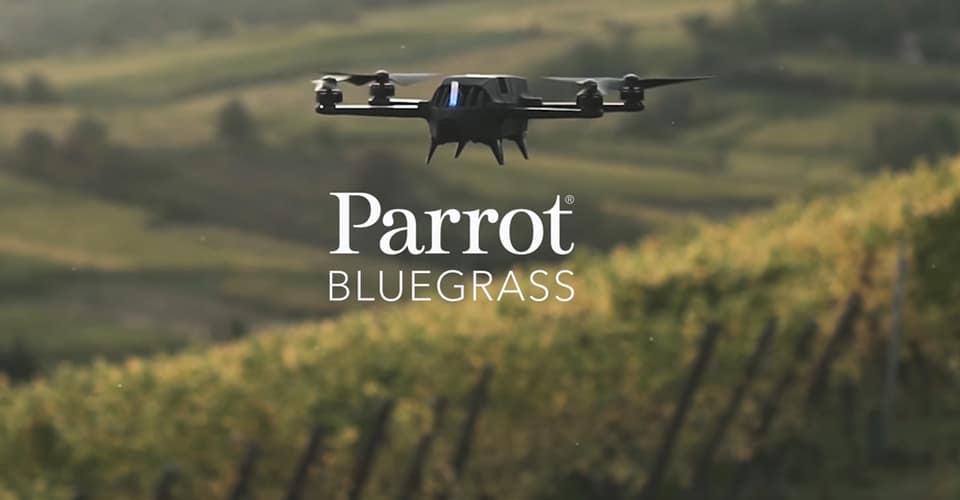


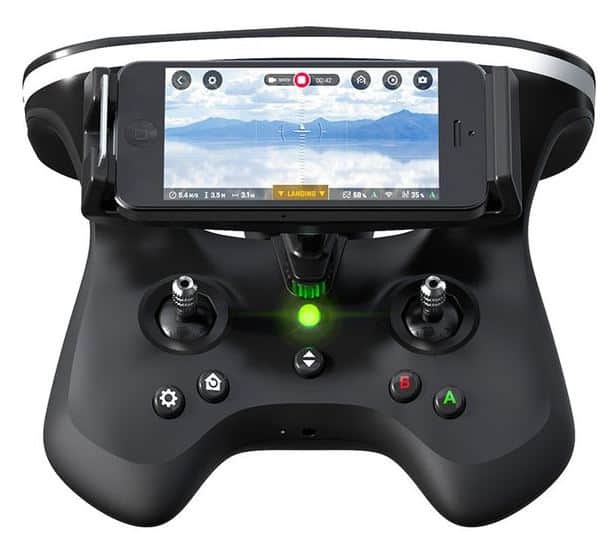
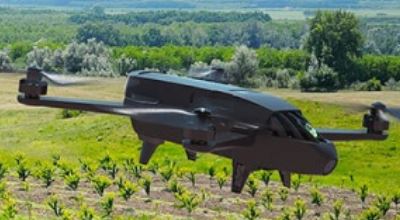
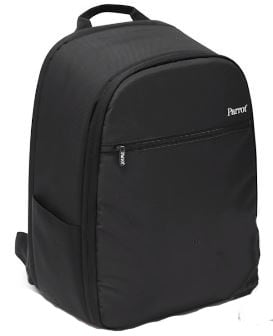
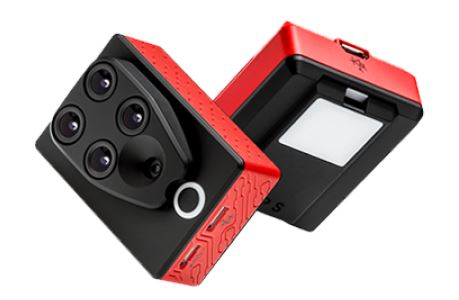

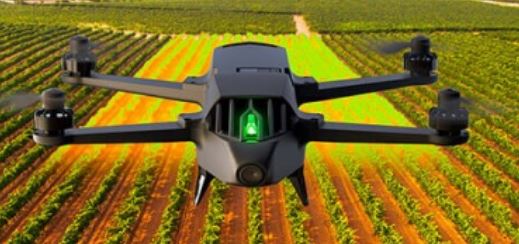
No comments:
Post a Comment